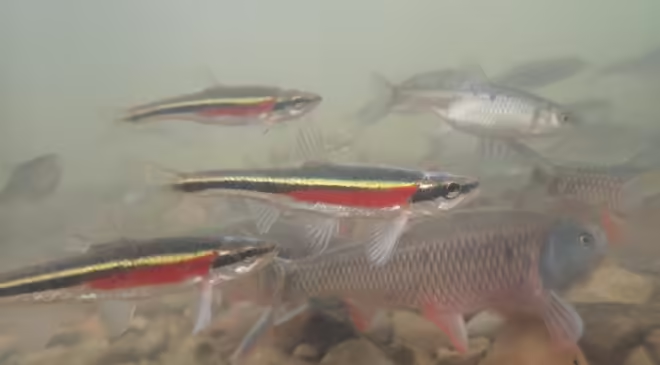Names and faces of military veterans adorn memorial banners placed for the first time along streets near London’s cenotaph ahead of Nov. 11.
Article content
Well ahead of Remembrance Day, memorial banners for military veterans from London have been placed from lamp posts on the streets around Victoria Park, home to the city’s cenotaph. Reporter Beatriz Baleeiro explores what to know about the new salute to veterans.
THE BIG PICTURE
Already a practice in many small towns, the 33 banners – bearing the names and faces of veterans – are new to London this year and their early installation before Remembrance Day a way to remind Londoners about the people behind wartime sacrifice before the national day of observance in November. “There are some interesting stories out there,” said Randy Warden, who chairs the London Remembrance Day committee. “And that’s part of the reason why we’re doing it – so that people can ask about those stories.”
Advertisement 2
Story continues below
Article content
Organized through local Royal Canadian Legion branches, the banners occupy a place of prominence with their proximity to the cenotaph and the park that includes monuments to London’s storied military history. The plan is to make the banners an annual tribute, displayed from the start of September until Remembrance Day, with other veterans honoured next year. Eligibility for the banners extends to veterans connected to London who served in the Canadian or Allied militaries and the RCMP.
NOTABLE VETERANS SALUTED
Frederick Banting: Born in Alliston, Banting practised medicine in London after serving in France during the First World War. While in London he conceived the idea for insulin, a life-saver for millions of diabetics around the world, for which he became the first Canadian awarded a Nobel Prize, sharing the award in medicine in 1923 with John Macleod of the University of Toronto. Banting taught at both the U of T and the University of Western Ontario.
Charley Fox: A fighter pilot in the Second World War, Fox was a flying ace who was also credited with wounding German Field Marshal Erwin Rommel in a strafing run over France a month after the D-Day invasion of Normandy. A stylized sculpture depicting fighter planes taking off honours Fox at the Hale Street-Trafalgar Street roundabout in London. Fox died in a car collision near Tillsonburg in 2008.
Article content
Advertisement 3
Story continues below
Article content
Tom Hennessy: A flight lieutenant with the Royal Air Force during the Second World War, he took part in the defence of Malta and also flew missions to take back Europe from German occupation. Hennessy hailed from Dublin, Ireland and settled in Canada after the war. He taught physical education in Toronto, Sarnia and London before retiring in 1986. Two years ago, at age 100, he walked 100 miles to raise money for homeless veterans. Hennessy died earlier this year at 101, one of the last living Spitfire fighter pilots in Canada.
ARE ANY WOMEN HONOURED?
Even before combat roles were opened to women in Canada in 1989, tens of thousands of women served in the military – in positions ranging from radar and coding operators, to nurses and truck and ambulance drivers. One woman, Edith Street, is among those saluted in the London memorial banners. Street served in an auxiliary territorial service from 1943 to 1945 and was stationed across England during the war. Her banner is located on Dufferin Avenue. She died in 2023 at the Parkwood Institute in London.
NOTEWORTHY TOUCHES
One banner hangs near the cenotaph in honour of the unknown soldier, a microcosm of Canada’s fallen soldiers. Instead of a personal likeness, however, the image shown on the banner is that of the Tomb of the Unknown Soldier, which was added in 2000 to the National War Memorial in Ottawa.
Advertisement 4
Story continues below
Article content
Another banner, fittingly placed on a lamp post a stone’s throw from the entrance to city hall, recognizes a pre-Confederation London mayor, James Moffat. Mayor for only one year, in 1860, the Scottish-born Moffat emigrated to Canada in 1844, settling in London the following year. He had a distinguished military career and was appointed a brigade major in 1862 and a lieutenant-colonel a decade later. He died in 1894 and is buried at Mount Pleasant Cemetery.
HOW TO GET INVOLVED
To nominate an eligible veteran for a London memorial banner, a family member must submit a request. Along with a suitable picture of the honoured veteran, a $250 sponsorship fee is required, which covers the costs to produce, install and remove the banner. For more information, go to supportveterans.ca/banners
Recommended from Editorial
Article content








Comments